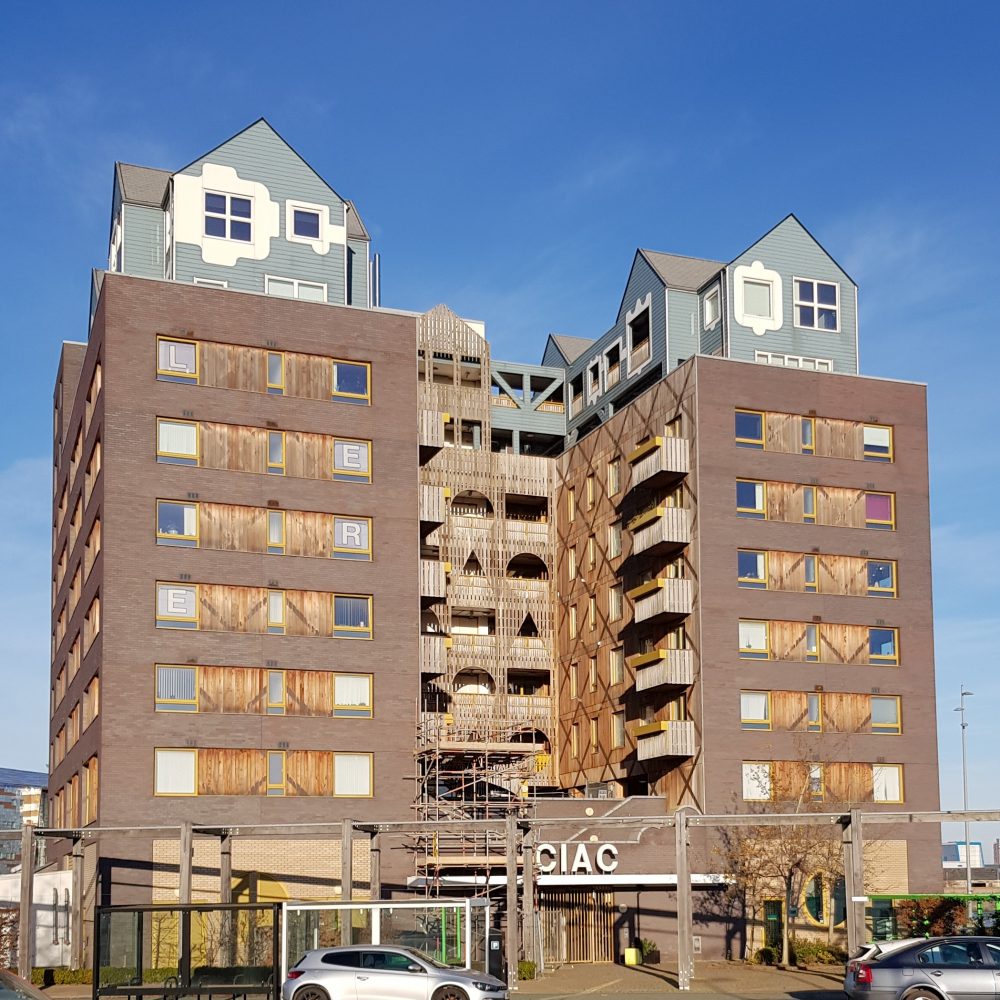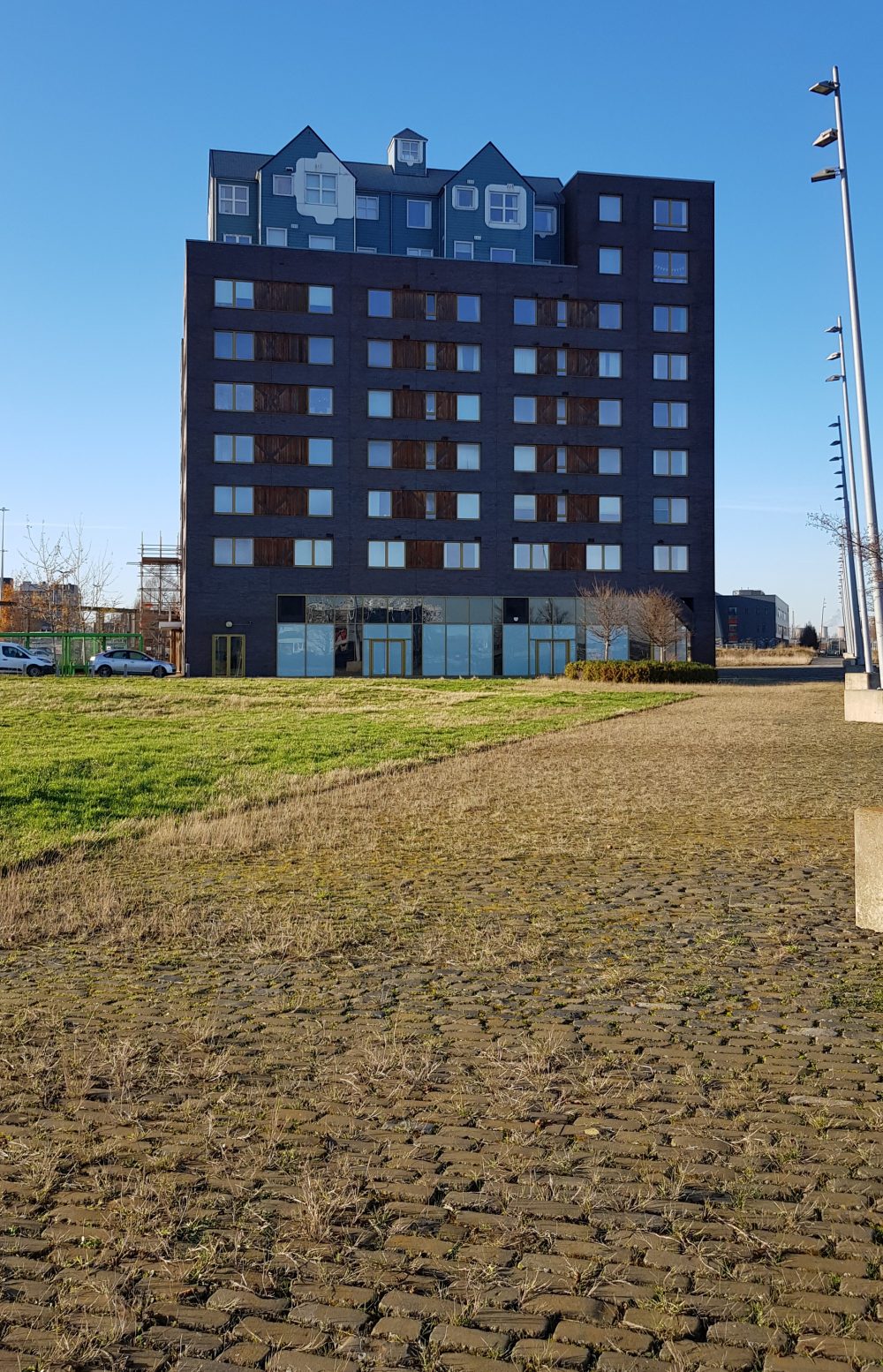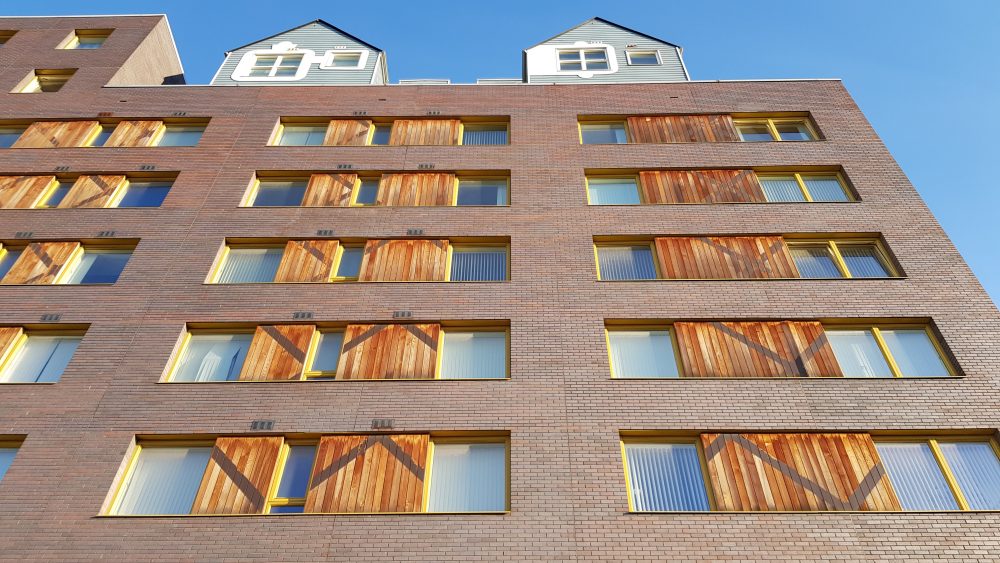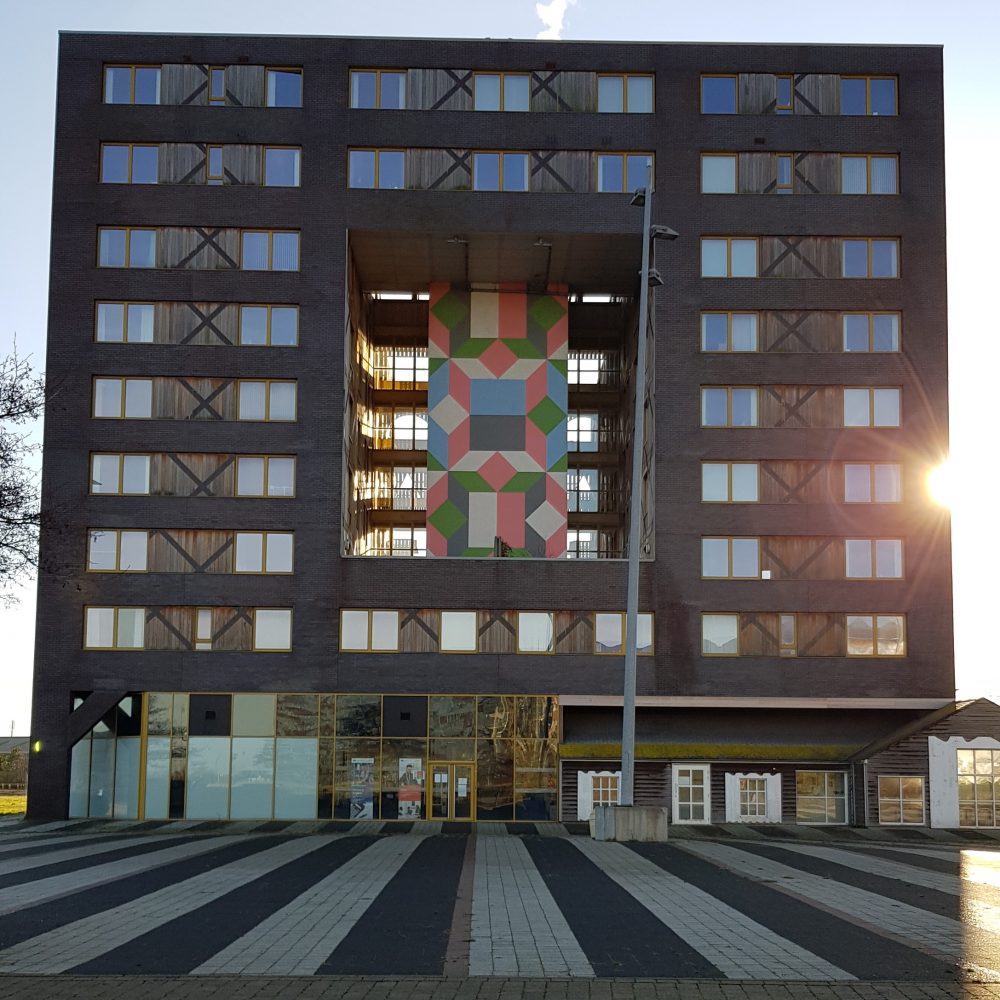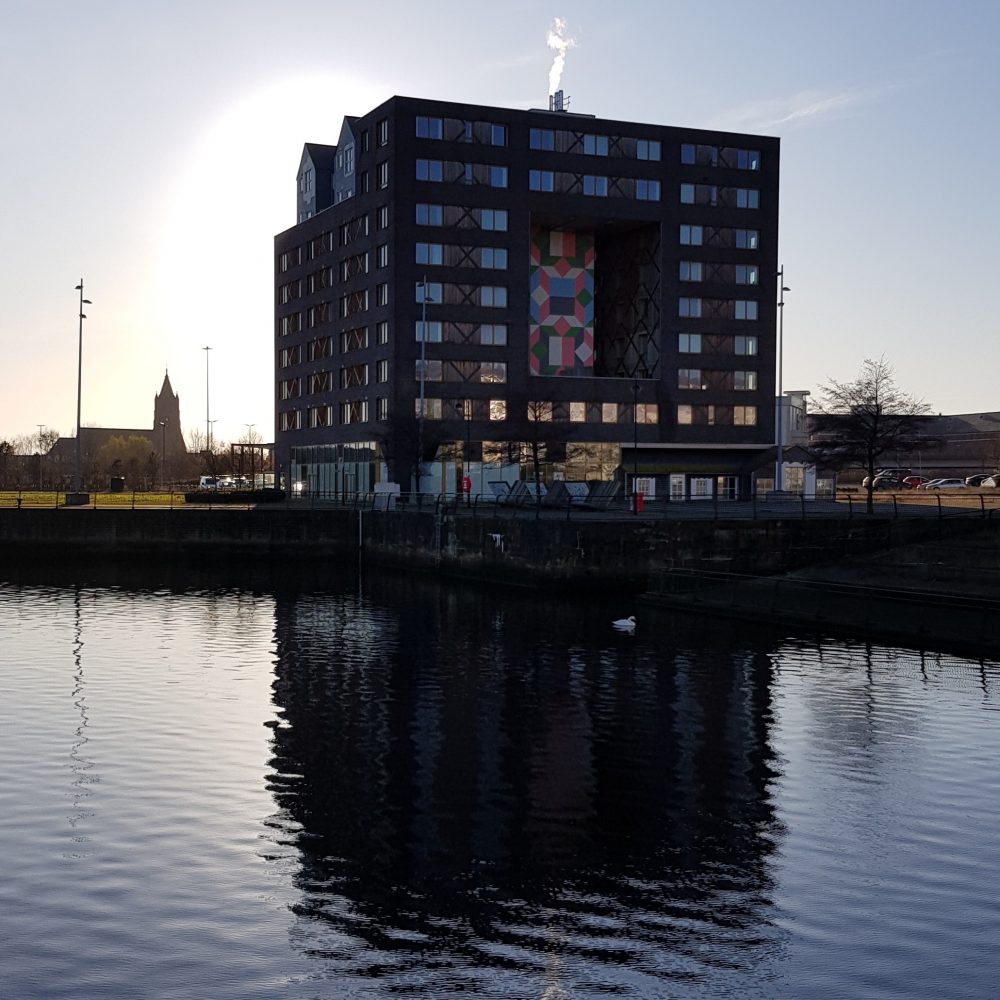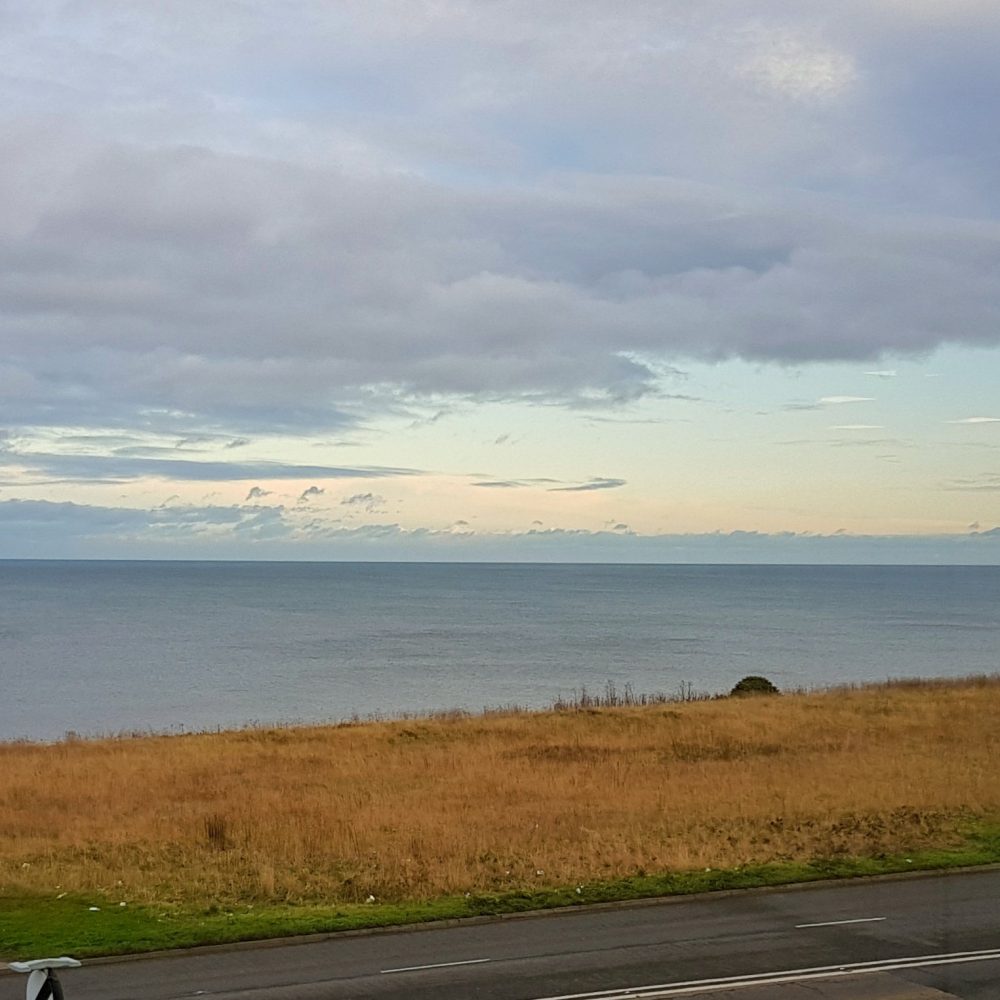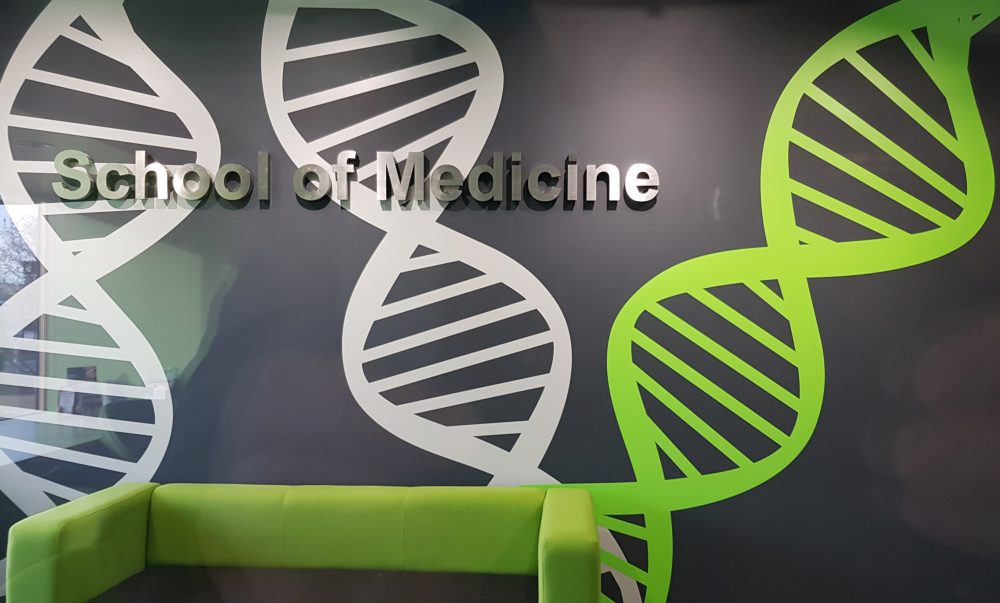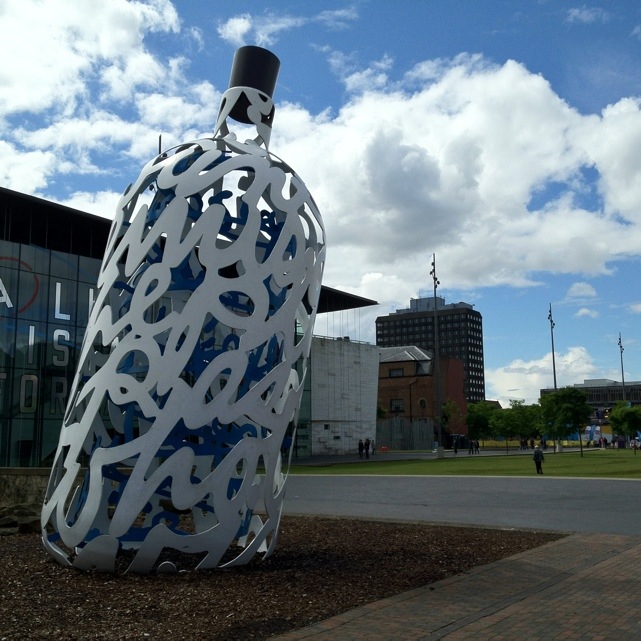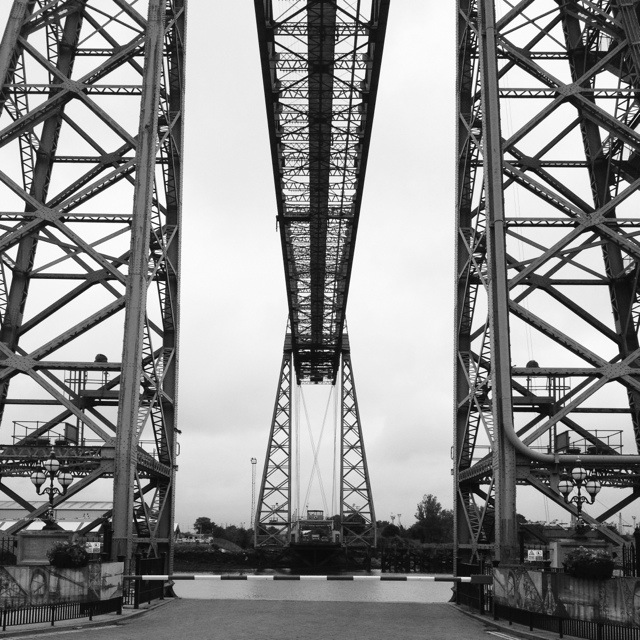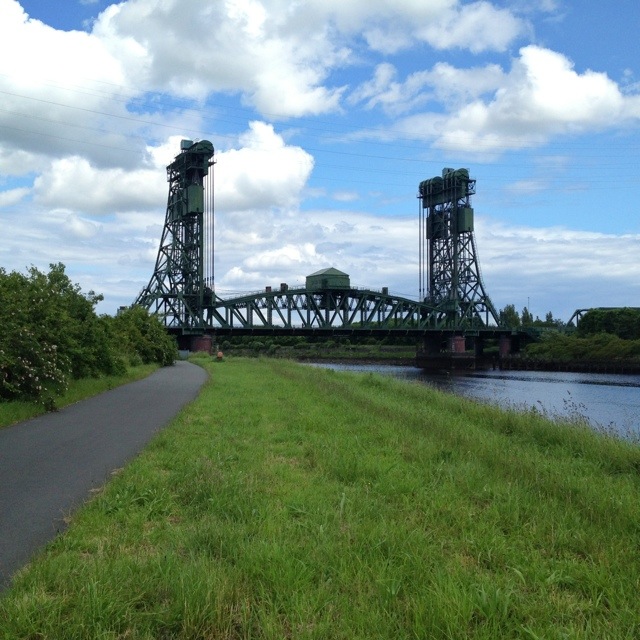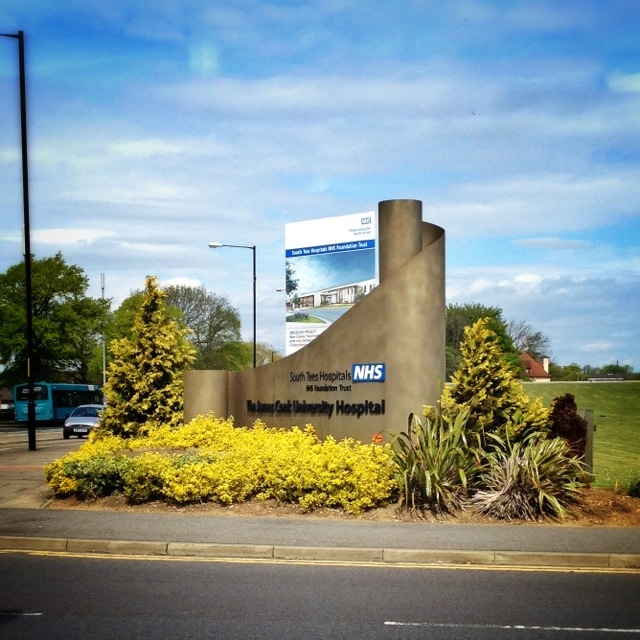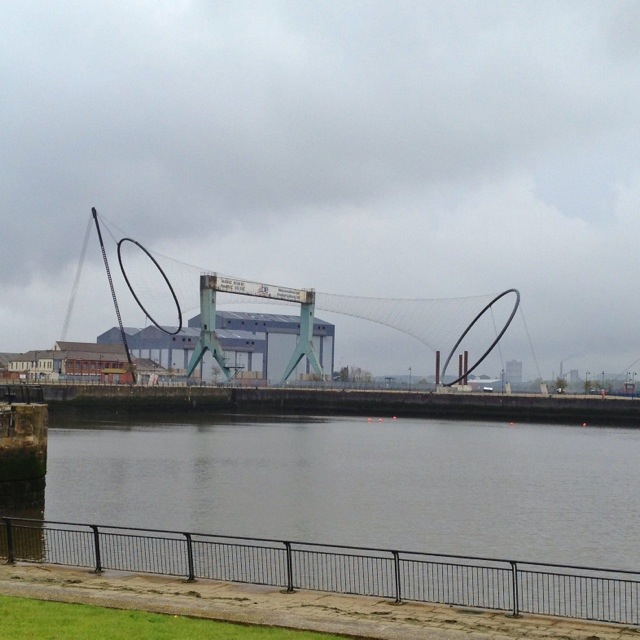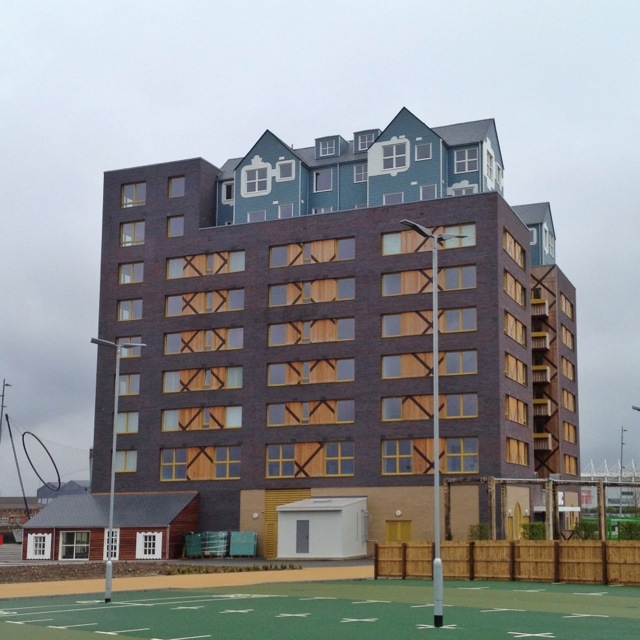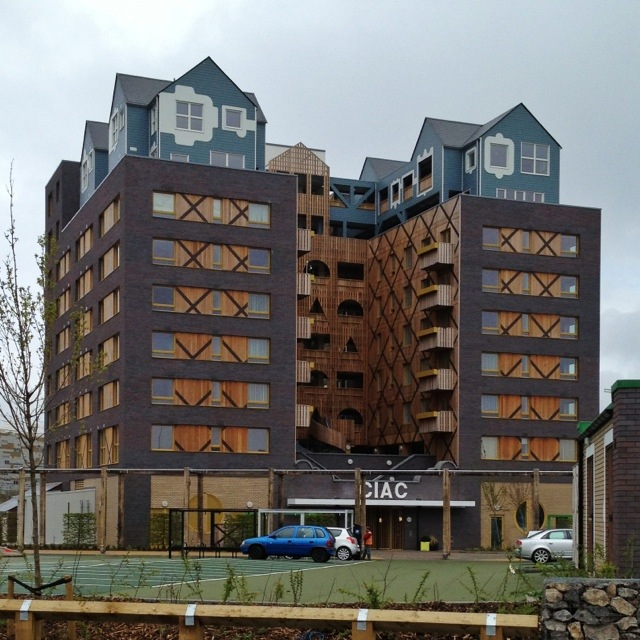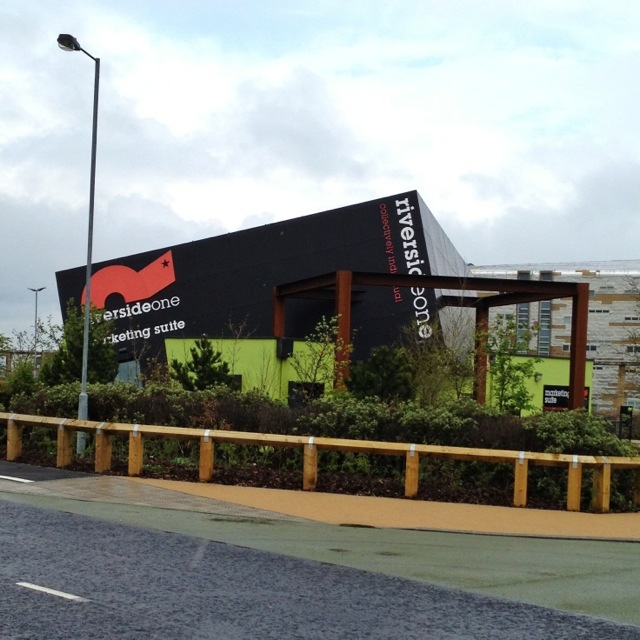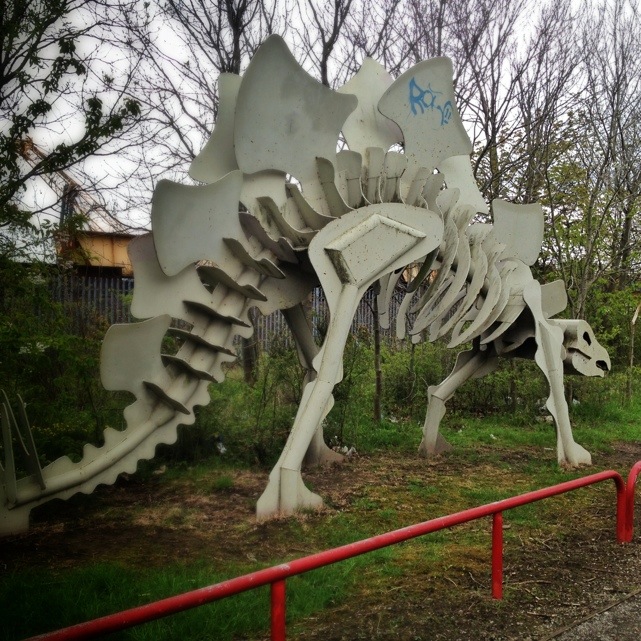31 things I learned in December 2019
1: Cotton creases because it contains cellulose fibres which are held in position with nothing more than hydrogen bonds. Non-iron shirts are coated in formaldehyde to effectively fix the hydrogen bonds. And hence, A-Level chemistry is relevant to office wear.
2: The Times of India publishes an astonishing fifty-six localised daily editions, and is the most widely circulated English-language newspaper in the world. It’s a slightly deflating sign of my unconscious cultural bias that when I saw the cover promotion for this article, I automatically assumed that the most widely circulated English-language newspaper would be a US title, despite that being completely illogical.
3: When fire service colleagues are at a multi-agency meeting, there’s no option to sit back for a minute to see if the fire alarm interrupting the meeting is real: all are out in the freezing in the car park within seconds.
4: Colleagues from Teesside University told me that the campus now hosts more than 18,000 residential students: that’s more than 10% of Middlesbrough’s population.
5: I had forgotten how much I enjoy Erland Cooper’s Solan Goose album until it popped up in my Spotify review of the year. It’s extraordinary.
6: It takes less time to walk from Middlesbrough Town Hall to James Cook Hospital than I imagined.
7: UNESCO has a list of Intangible Cultural Heritage—a philosophical minefield if ever I heard one.
8: Buying Christmas cards a year in advance is only a great idea if you can remember where you put them.
9: CDC’s definition of emerging infectious diseases is “those whose incidence in humans has increased in the past 2 decades or threaten to increase in the near future”. I’m sure I must have learned this in specialty training at some point, but honestly… I don’t remember.
10: I would feel a little less stressed if I’d started my Christmas shopping before now: I usually have it done and wrapped way in advance, but not this year.
11: If people voted for Brexit because they felt that “the establishment” ignored people like them, then the failure to “deliver” Brexit in a timely manner following the vote reinforces the preconception that their views are ignored. That might seem like an obvious point, but it hadn’t really occurred to me in such concrete terms.
12: The General Election result shows that being sacked for lying twice is no barrier to gaining the public’s trust.
13: One of our registrars explained to me that recommendations on management of clusters of pertussis differ to a surprising degree between countries.
14: 90% of interactions between members of the public and healthcare workers are with nurses. 2020 is the ‘Year of the Nurse’: if you’d asked me, I would have said that was 2019, but I guess that must be because I’ve heard so many conversations about planning for it rather than celebrations actually happening.
15: Mycobacterium tuberculosis kills more people each year than any other single pathogen. I think I would probably have guessed that, but still arresting to see it there in black and white.
16: Italy has closed all of its forensic psychiatric units.
17: At work, our team has dealt with nearly 1,000 more queries this year (so far!) than last year: a 40% increase. I knew it had been busy, but that’s mad.
18: Jameela Jamil, who I previously knew only as a star of The Good Place, is quite the controversial ‘social media activist’.
19: If you’d asked me to name the biggest film of 2019 by box office revenue, I couldn’t have told you it was Avengers Endgame, even if you’d given me the first word of the title. I didn’t know that Avengers films were made by Disney. I’ve no idea even now how many Avengers films there have been. I haven’t seen any of the other movies in the top ten. In other words, I’m culturally illiterate.
20: Trigger warnings don’t help people cope with distressing material. “The results are surprisingly consistent in undermining the specific claim that trigger warnings allow people to marshal some kind of mental defence mechanism. There is also a solid evidence base that avoidance is a harmful coping strategy for people recovering from trauma or dealing with anxiety.”
21: The Telegraph‘s reviewer really didn’t like the movie version of Cats. Zero stars.
22: I really don’t understand what separates good contemporary poetry from bad. In other words, I’m culturally illiterate.
23: When asked what he planned to give his girlfriend for Christmas, Boris Johnson replied “Get Brexit done”, which is—give or take a waffling peoration—the same answer he gave to a question about banning firework sales to the general public, a question about 500 public libraries closing, and a question about abuse of female MPs. It seems it might be a sort of reverse ‘supercalifragilisticexplialidoucious’: something one can always say when one doesn’t know what to say, but which makes one sound anything but precocious.
24: I rather naively believed the much-reported story that Netflix developed House of Cards on the basis of insights gleaned from the data on what aspects of other shows attracted an audience. It turns out, in fact, that the show was developed before Netflix became involved, and was just part of a traditional bidding war between broadcasters.
25: The path of 2019 has, at times, felt quite bumpy.
26: In the post-war years, there were ‘British Restaurants’ set up by the government “to serve cheap hot food for everyone so that people had enough to eat”.
27: The Premier Inn in Bangor is a surprisingly nice place for a Friday night drink.
28: The Starfish at Cairn Bay Lodge is a lovely place for lunch.
29: London has two branches of Ballie Ballerson, a cocktail bar set in a ball pit with more than a million balls. Learning of this reminded me that someone once asked me, in a professional context, how to clean a ball pit with many thousands of balls. It turns out that there are machines which claim to do that. In trying to find that answer, though, I found out that some international clinical settings have ball pits which is mind-boggling from an infection control perspective.
30: Only about 20% of bodies in England are buried in the UK as a whole; most people are cremated. The opposite is true in Northern Ireland. In most of the UK, ‘a funeral is typically held around one or two weeks after the death’. In Northern Ireland, ‘bereaved families hit out at not being offered a [Cremation] until four days after their loved one dies’. These statistics would be news to me if I hadn’t had the sad duty of attending two funerals in Northern Ireland this year: I’d far rather these had been lessons I wouldn’t have to learn for many to years to come.
31: Smokers have an increased risk of developing influenza compared to non-smokers: as much as 55% more likely to catch flu.
This post was filed under: Posts delayed by 12 months, Things I've learned, Bangor, Boris Johnson, Brexit, Christmas, Election, Erland Cooper, Films, Jameela Jamil, James Cook, Middlesbrough, Poetry, Spotify, TB, The Telegraph, The Times of India.
